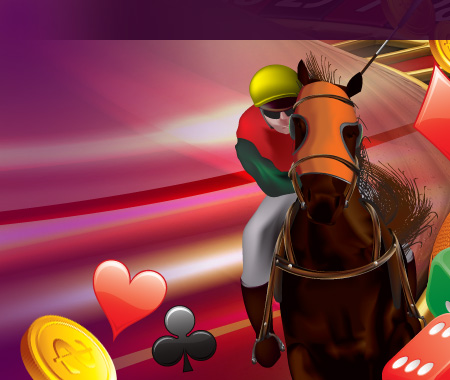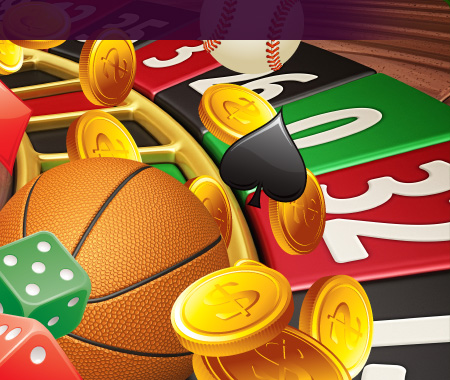Pips and Paint
Dear Mark,
In one of your columns you stated the following: "In the casinos I have worked in, we used Bee Playing cards manufactured by the U. S. Playing Card Co. of Cincinnati, Ohio. When you cracked the seal of their cards, you faced the pips and paint of the spade suit directly, not the hinny side. In order from ace, two through the king, diamonds, clubs and hearts follow spades." What exactly did you mean by "pips and paint." John P.
Paint, John, is a face card, i.e., a jack, king, or queen. At a blackjack table, you'll occasionally hear a player yell out when he doubles down with an 11; "Let's see some paint."
A pip is a suit spot (heart, diamond, spade or club) on the face of a card. Each face card has four pips; one at each corner (two) just outside the square border and just under the J, K, or Q representing the card's rank. The other two are within the border, alongside each head.
Aces have three pips, one pip directly in the center of the card and one each just under the A at each end.
As for the 2-10 cards, each has two more pips than the number that represents its rank. For instance, for a 10 of spades, you'll find the rank total of 10 pips in the center area of the card, plus one more pip (two total) under the rank number on each end.
As a former pit boss, to thwart card counters, I also counted down the deck, but from a distance. And although from across the pit it can be hard to distinguish the corner number 5, you can become quite skillful at reading the pip patterns on the central part of the 2 -10 cards with just a little practice.
Dear Mark,
I believe only you could probably answer this question as you're Polish and you know a thing or two about gambling. What does the Polish word "pushka" mean, and how does it relate to gambling? Stanley G.
A wordsmith I'm not, knowing a thing or two is questionable, but, Stanley, let me take a whack at it. Here goes.
The first time I heard the word pushka was while dealing blackjack; a player used it when we pushed on an 18. The player said it was Polish for us having the same hand. Although my parents spoke Polish around the house, it was only the curse words related to cleaning my room that I retained, but I figured encyclopedic mom would be a good etymological source to clarify pushka. But no, she said, a push, as in meaning "the same kind", is rodzaj in Polish. So that didn't square.
Years later, I actually came across that word once again, but this time it was related to the game of poker. A poker dictionary said that a pushka was an arrangement between two or more players to share part of the pots they win. But more specifically, it was defined as a box-like container where shared chips are placed. Pushka partners could place a certain amount from each won pot into the container, and split the contents later. That dictionary stated the word pushka supposedly comes from the Polish word for box via a Yiddish translation.
Well, Stanley, that sort of flies because "box" in Polish is puszka (but with z in lieu of h); defined properly, a tin can or a poor box. As for the Yiddish interpretation of the word, a quick Google search acquainted me with the fact that there is a tradition amongst Jews to place pushka (h instead of z) charity boxes in their home, office and children's bedrooms, where individuals can drop coins in on a daily basis.
Of course, Stanley, we all know that casinos have those same pushka "charity" boxes under each gaming table. Your hard-earned money finds its way into those boxes every time you change-up paper into casino chips.
Na zdrowie ---To your good health.
FROM OUR EMAIL
- Black Jack Tips
- Craps Strategies
- Four Card Poker
- Jacks or Better Basic Strategy
- Roulette Strategies
- Slot Machine Strategies
- Video Poker Tip



